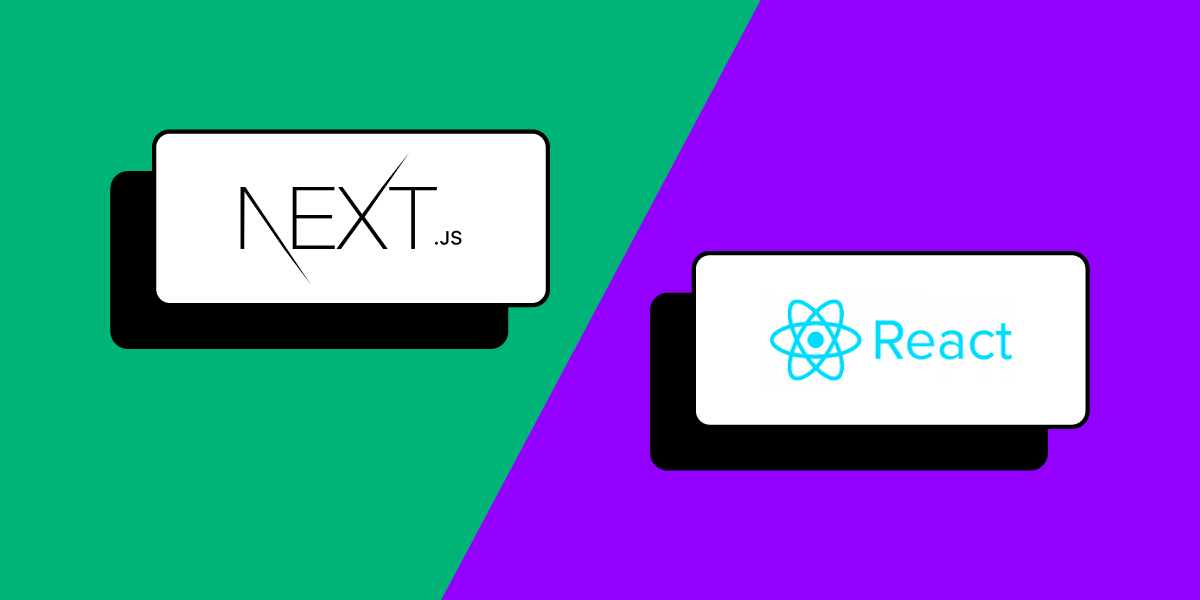Next.js 15 vs React: Why Next.js Is the Smarter Choice for Modern Web Development

React remains one of the most popular libraries for building user interfaces, but it only handles the view layer of an application. Developers often need to integrate additional tools for routing, data fetching, and server-side rendering. Next.js 15, on the other hand, builds upon React to deliver a full-stack framework that optimizes performance, SEO, and developer experience right out of the box.
Key Advantages of Next.js 15 Over React
- Built-in Rendering Options (SSR, SSG, ISR)
Next.js 15 supports multiple rendering strategies, including server-side rendering, static site generation, and incremental static regeneration. These improve page speed and SEO without requiring complex configuration. React alone is client-side only, which can hurt performance on slower connections. - React Server Components & App Router
With Next.js 15, the App Router and React Server Components make it easier to fetch data on the server, reducing client-side JavaScript and improving load times. This results in cleaner architecture and faster rendering compared to traditional client-only React apps. - Automatic Code Splitting & Bundling
Next.js automatically splits your code by route, so users only download what’s needed for the page they visit. In React, developers must manually configure Webpack or other bundlers for similar optimization. - Built-in API Routes
You can create backend logic within the same project using API routes. React doesn’t offer any backend functionality by itself — you must rely on a separate server or API layer. - Edge and Middleware Support
Next.js 15 natively supports running code at the Edge (closer to users) for ultra-fast performance and dynamic personalization. React alone can’t run at the Edge without additional infrastructure. - Simplified Image and Font Optimization
The new Next.js Image and Font components optimize performance automatically, reducing layout shifts and improving Core Web Vitals — no manual setup required.
Comparison Table: Next.js 15 vs React
| Feature | Next.js 15 | React (Standalone) |
| Rendering Modes | SSR, SSG, ISR, CSR | CSR only |
| Routing | File-based App Router | Requires third-party library (e.g., React Router) |
| Data Fetching | Server Components, fetch() on server | Client-side only or manual setup |
| Performance Optimization | Built-in code splitting, image optimization | Manual configuration needed |
| SEO | Excellent (SSR/SSG) | Limited (CSR only) |
| API Routes | Built-in backend API endpoints | Not available |
| Edge Support | Yes (Edge runtime + middleware) | No |
| Deployment | Optimized for Vercel, supports others | Requires manual configuration |
| Learning Curve | Slightly higher (framework-level) | Easier for beginners |
| Use Case | Full-stack production apps | Client-o |
In Summary
Next.js 15 extends React into a powerful, full-stack framework tailored for performance, scalability, and SEO. While React remains ideal for lightweight single-page apps or component libraries, Next.js 15 is the go-to choice for modern, production-ready web applications that demand speed, flexibility, and developer efficiency.